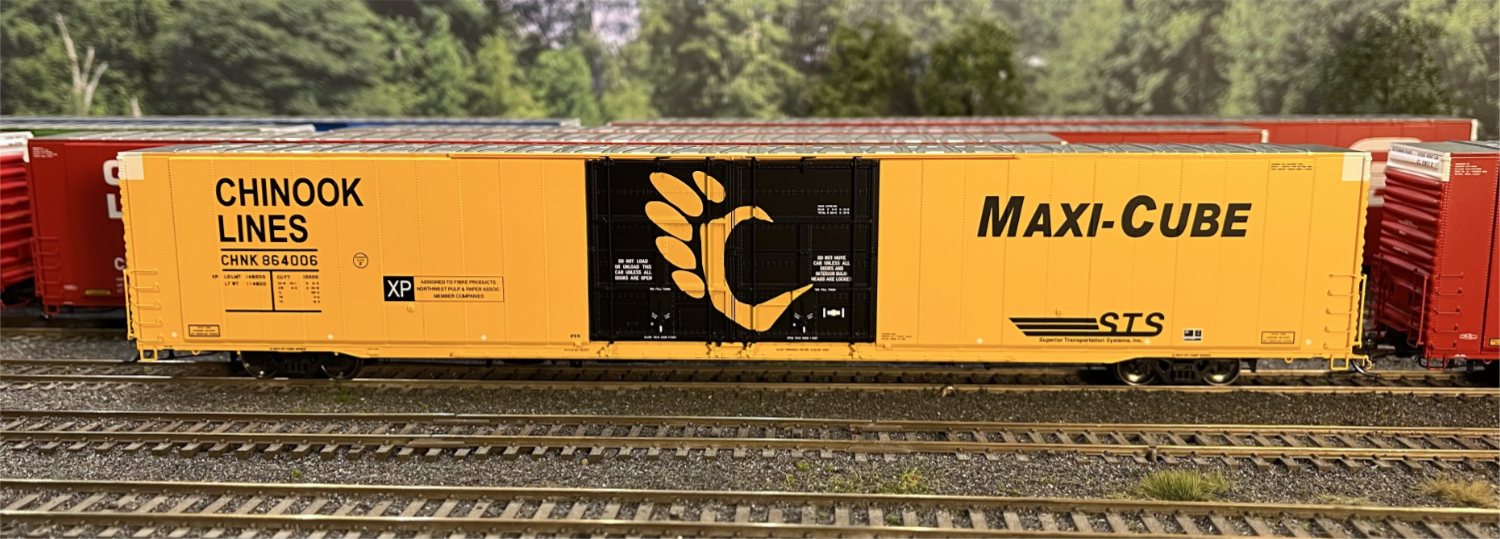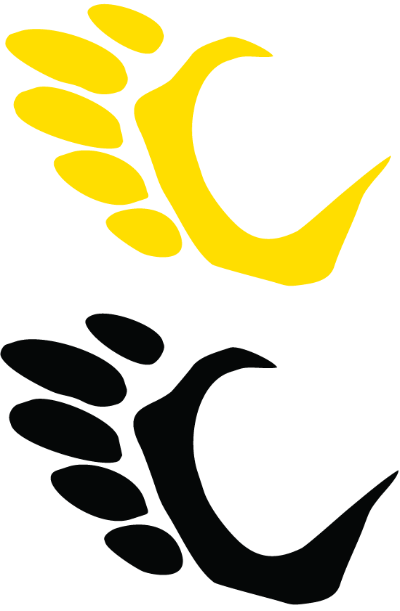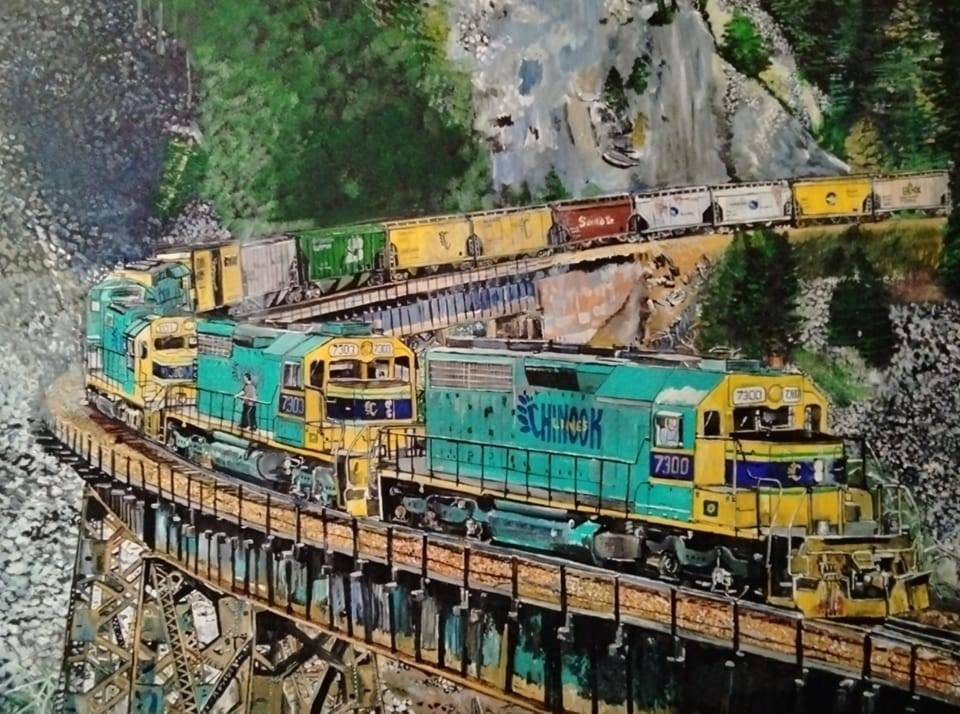They Do Not Haul Just Auto Parts Inside Those Giant Boxes!
© 2023 JOE BOHANNON - Guest Author

True we know those 86’ boxcars made by Greenville, Pullman Standard and Thrall by a more eloquent term--the “Auto Parts” car. In fact they were developed at the request of Ford, GM and Chrysler. Sure, they often found themselves in train consists with Auto Racks and flat cars loaded with chassis. They excelled at the job they were designed to do.
A downturn in the automotive market created a surplus of equipment in the 1980's and at some point, some enterprising industrialists realized these massive, 10,000 cubic foot warehouses on rails could haul other bulky lightweight products. And they did. Chicago Northwestern assigned a pool, marked “XF” for food products, most likely cereals. There was even a story of a car being loaded with Washington hay, shipped to eager horses competing in the Kentucky Derby.

Speaking of Washington… In 1989 Washington Central Railroad (WCRC) started operating a varying batch of used 86’ former auto parts boxcars. Decorated with large billboard lettering proclaiming them as “Maxi-Cubes” and presenting a similarly bold logo for “STS Superior Transportation Systems, Inc.” of a presumed railcar leasing arm on an uncharacteristically tame brown car, these cars began a new adventure based in the dreary Pacific Northwest hauling an assortment of commodities. It was not just WCRC utilizing these behemoths, as Burlington Northern regularly migrated their distinctive Cascade green cars and later with BNSF pooled “ATSF Quality” cars away from the rustbelt and mid-America into the forested regions of the west. And the niche was Fibre. Is it spelled wrong?
Before we decide that, it is good to know that when products made of wood or stone are combined with volumes of air, these products are often generally known as Fiber or Fibre, spelling decided by the company producing it. Further manufacturing of Wood Pulp will create Corrugated, Containerboard, Hexcomb, Packaging and Hygiene (Diapers, Tissue and Paper Towels). Building insulation is often a Glass Wool/Fibre or Mineral Wool/Stone Fibre. A large list of cellulose-based products could be generated with nominal effort, and these 86’ Auto Parts boxcars would be able to haul the items with ease.
WCRC cars have been thought to haul Fiber Glass insulation from the Johns-Manville plant in Willows, CA north for distribution in the Northwest. The Camas Prairie has been identified as having BNSF owned 86’ boxcars spotted for loading of stacks of school lunchroom milk cartons. These cars can be seen all over North America hauling your Pizza boxes and then scrap cardboard back as solo cars are groups in manifest trains.
They do not haul just Auto Parts inside those giant boxes, and you can enjoy models of them without an automotive industry on your line.


Chinook Lines painting by Carel Luis!
Web-Master Notes:
Joe Bohannon is the creator and owner of the Pacific Northwest themed Chinook Lines Freelance model railroad. We are excited to have worked with Mr. Bohannon on the Chinook Lines Tangent Scale Models 86' boxcar project! We expect that you will see much more of the Chinook Lines and we hope you love these gorgeous boxcars as much as we do!
While Supplies last you can choose from two road numbers of the all-new Home Shops-Tangent Scale Models Chinook Lines 86' Box Car!
